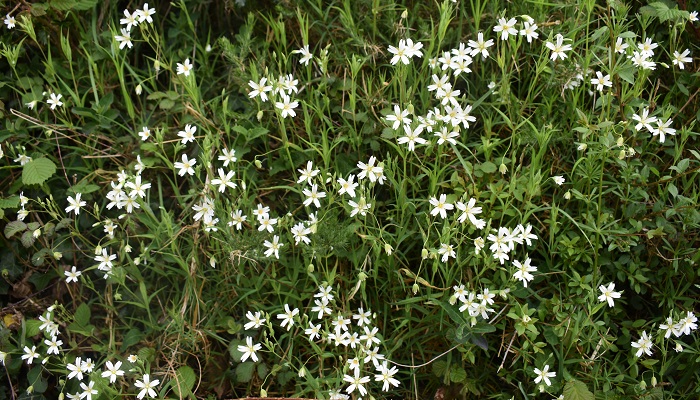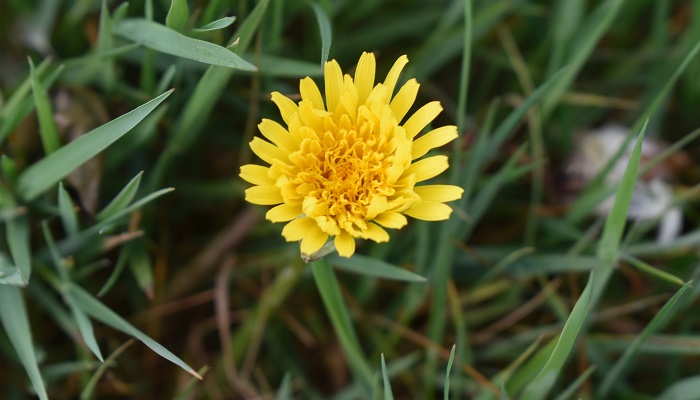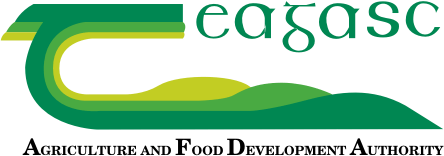15 May 2022
Growing Wild – dandelion and greater stitchwort

Catherine Keena, Teagasc Countryside Management Specialist takes a closer look at some of our native Irish biodiversity to look out for in the countryside. Here she shares some interesting facts of nature about Dandelion and Greater Stitchwort
Dandelion

Look out for dandelion flowers alongside seedheads. The long tap root storing food, its ability to set seed without pollination and the great quantities of easily dispersed seed give the dandelion properties considered characteristic of ‘weeds’. Each flower contains approximately 200 florets producing an abundance of nectar and pollen, making them important for bees, hoverflies and butterflies. The rare Pearl‐Bordered Fritillary butterfly feeds on dandelion among other flowers. Seedheads are called clocks as the number of puffs to blow out them signifying an hour. Their name ‘pissybeds’ comes from their diuretic properties. Love them or hate them they are part of our native Irish biodiversity
Greater stitchwort

Look out for Greater stitchwort along the base of hedges, clambering over other vegetation to give a stunning display. Each snow-white star-like flower has five large petals with a deep division giving the appearance of ten petals. The long graceful stems have long grass-like leaves with tiny shark-like teeth helping the plant to climb . The name comes from its use in folk medicine to cure stitches or pains. Bees, butterflies, moths, flies and beetles use it for pollen and nectar. This starry display characteristic of old hedges is part of our native Irish biodiversity.
Keep an eye on Teagasc Daily for another Growing Wild later in the month. Learn more from Teagasc about Biodiversity & Countryside
